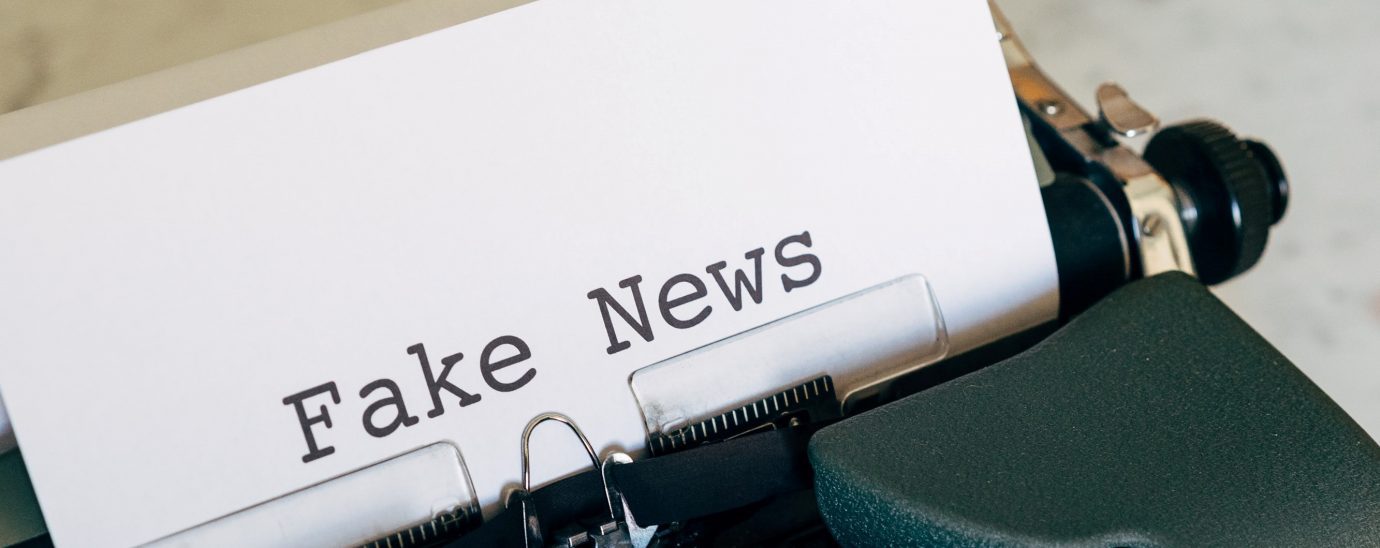8 ways to tackle the challenge of fake news in today’s marketplace

Dominik Samociuk, Cyber Security Manager at Future Processing, advises how beck to tackle fake news in the marketplace.
Fake news is a term that has gained significant traction over the past few years. But what is it exactly? Ultimately, it’s information and commentary that is published every day in various media outlets- it appears to be true even though it is not based on any reliable sources. Fake news can relate to all sorts of stories, not just political. They are created to mislead or deceive the recipient deliberately. These stories can be created for a number of reasons – from satirical, to making money, to influencing the public’s political views or causing confusion. Fake news is really about disinformation, manipulation and distrust in more than one version of events. It can influence people by using widely read news and catchy click-bait headlines. They can look like a reliable source of information, and it is not uncommon for them to use similar names and websites as reputable news outlets.
Unfortunately, fake news is not a new phenomenon. In fact, it dates back to historical military tactics during world wars whereby a supposed attack on one target (moving the defenders there) was deliberately revealed to attack another. In more recent times, social media has been a massive enabler for misinformation as stories with blurred sources can blow up in a matter of hours. Fake news via social media has become a problem not only for users but also for the social media owners themselves. For example, Facebook had to launch its own internal program in 2017 to detect false information and label it accordingly.
It’s also important to be aware of the different fake news categories:
- Clickbait: a widely read, sensational title designed to encourage readers to click on a site, increasing the number of visitors which then translates into advertising revenue.
- Satire/parody: propaganda or media aimed at a particular political ‘option’.
- Sloppy journalism: reporters even in reputable editorial offices often make mistakes, and can use unreliable information or release news without checking all the facts.
Tackling fake news one step at a time
Understanding the notion of fake news is one thing, but how should companies tackle it and more importantly protect themselves against it? There are a number of well-proven mechanism to fight against it, including:
1. Be skeptical:
Fake news stories usually have well-read titles, very often in capital letters. If something is incredibly shocking and appears to be untrue, it most likely is.
2. Are you sure it’s not satire?
More often than not, the fake information is perceived as a pun or a joke. However, it happens that it is usually much more serious than it first seems.
3. Verify the sender
Look carefully at who the sender is, whether it is a real agency or if their email address is unfamiliar.
4. Check the source
Many fake news sites will cite a source – verify the trail and whether there’s a red flag from a previous point.
5. Pay attention to linguistic correctness
Always check for errors as reputable editors will not allow themselves to release important information that include typos.
6. Focus on images
Fake news often includes various types of alterations of old photos or attributing an image to a completely different situation than the one presented in the article. In such cases, look for the source of the photo, and if it’s a digital image, search for it via a browser.
7. Verify dates
Misinformation usually has a jumbled timeline whereby the chronology of events does not make sense.
8. Compare information
This is probably one of the most essential points in the article. Has similar information also appeared elsewhere? Pay attention to whether it is not a so-called copy-paste job, but with precise information changed.
Fake news is so successful because of its reach. Misinformation depends on us as the public to read, believe and then share it so that the fake news spreads further. On social media the ‘Share’ button is just a click away and can snowball in a matter of hours. So let’s put some extra thought into verifying the next news article we pass on.
READ MORE:
- Unlocking the power of AI for retail
- Is ‘clicks and mortar’ the answer to future success for pure-play retailers?
- Three reasons retailers need to put their heads in the cloud
- Retailers must adopt new technologies to survive
Finally, the problem of misinformation is also caused by the overload of data that is available to us every single day, via all kinds of media channels. To reduce the risk of fake news, it is worth limiting the amount of information we absorb from non-credible sources.
For more news from Top Business Tech, don’t forget to subscribe to our daily bulletin!
